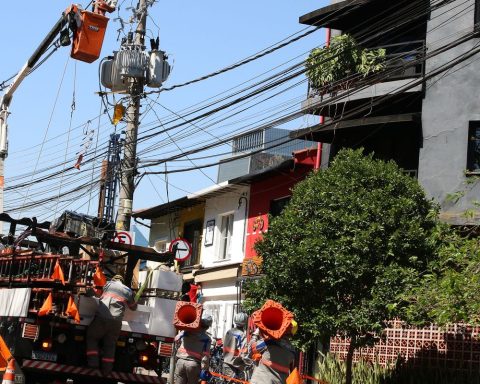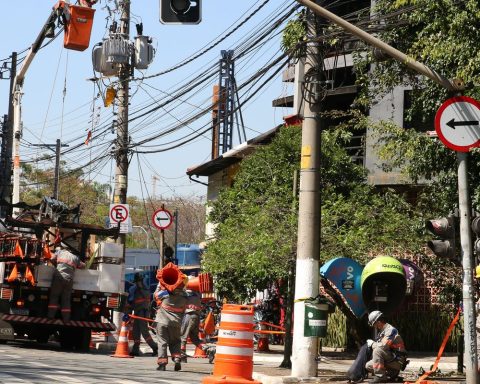In June, the proportion of families with outstanding debt stood at 77.3%, which represents a drop of 0.1 percentage point in relation to May. In comparison with June 2021, there was a growth of 7.6 percentage points. Data from the National Consumer Indebtedness and Default Survey (Peic) were released today (7) by the National Confederation of Commerce in Goods, Services and Tourism (CNC).
According to CNC, this is the second consecutive decline in indebtedness, after the record high recorded in April, when the indicator stood at 77.7%. Credit card debt represents the largest share of indebtedness, with 86.6% of total households reporting this type of debt. Next comes the booklets, with 18.3%, and car financing, with 10.8%. In June 2021, these proportions were 81.8%, 17.5% and 11.9%, respectively.
For CNC president José Roberto Tadros, the drop in debt reflects the improvement in the job market. “With fewer restrictions imposed by the pandemic and temporary income support measures, such as extraordinary withdrawals from the FGTS, advances of the 13th salary, INSS and greater value of Auxílio Brasil, the population needed to appeal less to spending on the card”.
default
The survey shows that delinquency also dropped, with a drop of 0.2 percentage point in the proportion of families with overdue accounts to 28.5%. This is the first drop since September 2021. The same drop was seen among families who claim to be unable to pay late bills, with 10.6% of the total.
The person responsible for the research, Izis Ferreira, explains that the improvement in the labor market is not reflected in income, as workers with lower levels of education are being absorbed and average income is flattened by high inflation.
“In addition, the recent advance of informality in employment is another factor that increases the volatility of labor income and hinders the management of personal finances”.
The two cuts by income brackets showed a slight drop in the proportion of indebted. Among families with incomes above ten minimum wages, the reduction was 0.2 percentage point (pp), to 74.2%, while the portion with earnings of up to ten minimum wages fell 0.1 pp, to 78.2% .

















